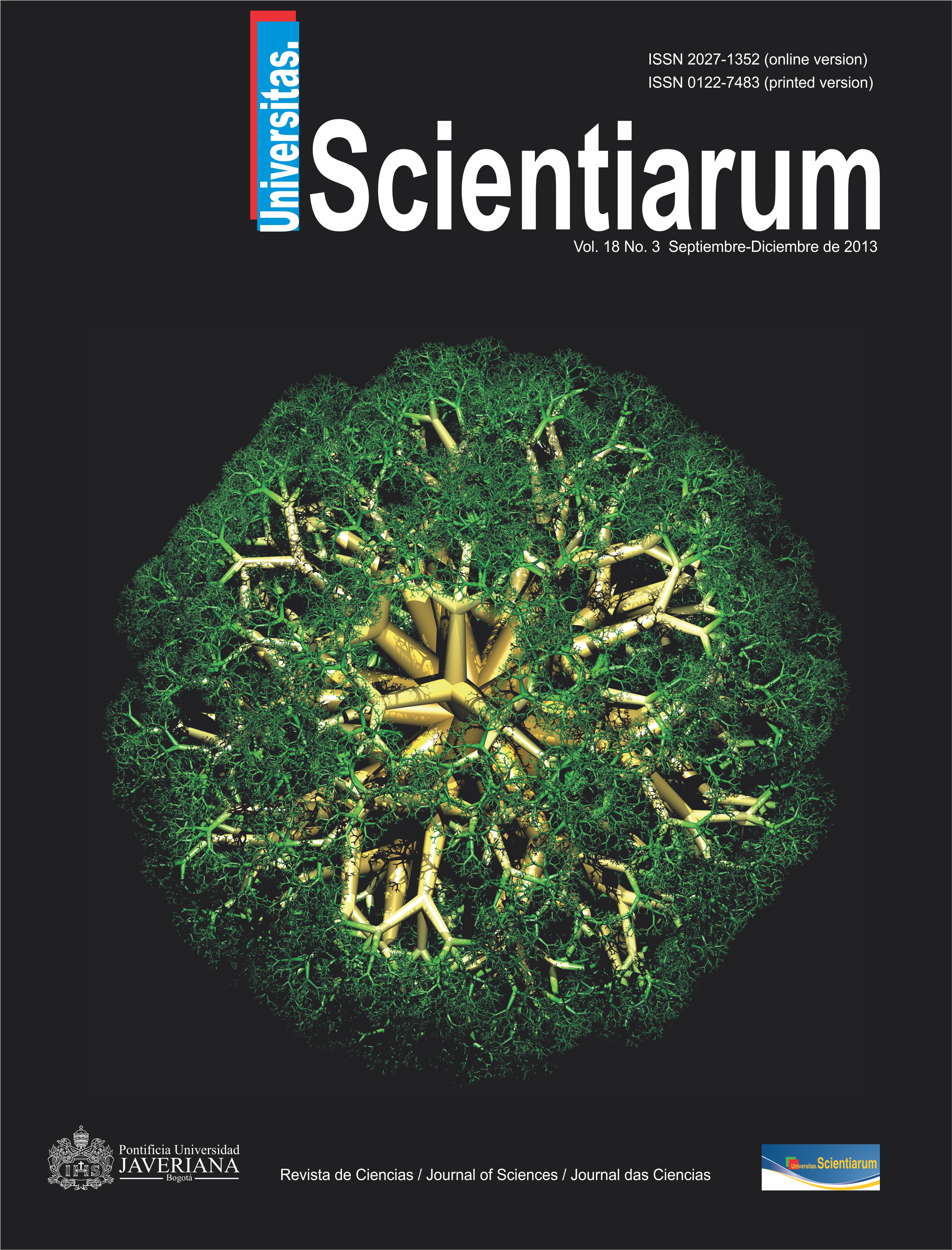Abstract
Infectious diseases are a worldwide public health problem. There is growing research in the field of new plant-based drugs for treating such diseases. Our objective was to perform a systematic literature review to evaluate the anti-infectious activity (antibacterial, antifungal, antiviral and antiparasitic) attributed to plants of the Tabebuia (Bignoniaceae) genus. We conducted a search for the period of 2000-2013 in ScienceDirect, Scopus, PubMed, Embase, Napralert and SciELO databases using the following MeSH terms: Tabebuia, biological activity, bioactive compounds, chemical compounds, diseases, traditional medicine, tropical infections, infections and treatment. We found ethnobotanical and experimental (in vitro) evidence supporting the use of Tabebuia species for treating infectious diseases. In addition, the compounds responsible for their antimicrobial activity have been isolated, and their structures have been elucidated, emphasizing among them naphthoquinones such as lapachol. Natural products isolated from Tabebuia plants may be an alternative for developing new anti-infectious agents.Univ. Sci. is registered under a Creative Commons Attribution 4.0 International Public License. Thus, this work may be reproduced, distributed, and publicly shared in digital format, as long as the names of the authors and Pontificia Universidad Javeriana are acknowledged. Others are allowed to quote, adapt, transform, auto-archive, republish, and create based on this material, for any purpose (even commercial ones), provided the authorship is duly acknowledged, a link to the original work is provided, and it is specified if changes have been made. Pontificia Universidad Javeriana does not hold the rights of published works and the authors are solely responsible for the contents of their works; they keep the moral, intellectual, privacy, and publicity rights. Approving the intervention of the work (review, copy-editing, translation, layout) and the following outreach, are granted through an use license and not through an assignment of rights. This means the journal and Pontificia Universidad Javeriana cannot be held responsible for any ethical malpractice by the authors. As a consequence of the protection granted by the use license, the journal is not required to publish recantations or modify information already published, unless the errata stems from the editorial management process. Publishing contents in this journal does not generate royalties for contributors.



